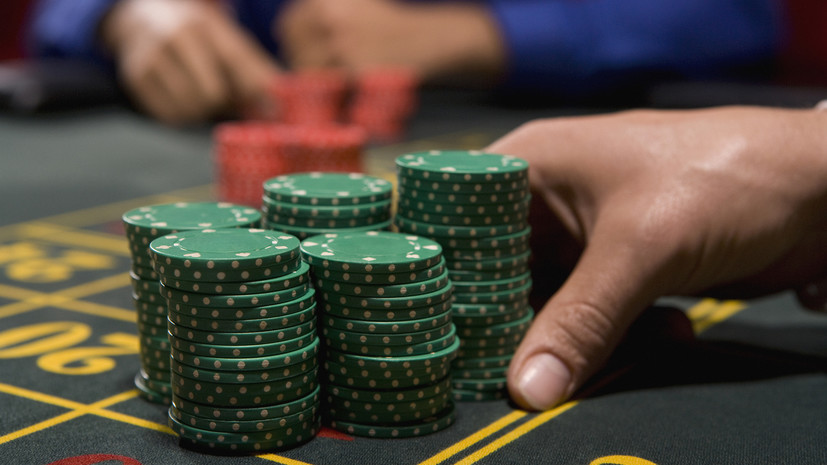Russian scientists from the Institute of Cognitive Neurosciences at the Higher School of Economics have experimentally found out how a person's making risky and irrational decisions is associated with the activity of the prefrontal cortex of the brain.
This was reported by the press service of the National Research University Higher School of Economics.
The authors of the study believe that the discovery will help to better understand the mechanisms of gambling addiction formation.
The results of the work were published in the journal Scientific Reports.
The researchers chose the dorsolateral prefrontal cortex, a part of the prefrontal cortex, as the object of study.
This part of the brain is responsible, in particular, for a person's ability to think critically, plan time, achieve goals and feel responsible.
As part of the experiment, the excitability of this zone in the subjects was temporarily suppressed using transcranial magnetic stimulation, a non-invasive method of activating and inhibiting zones in the cerebral cortex with magnetic impulses.
Transcranial magnetic stimulation of the brain
Gettyimages.ru
© Suzanne Kreiter/The Boston Globe
At the same time, the participants in the experiments were asked to answer a series of questions and choose from the lotteries modeled by scientists those in which there was a lower risk of losing.
Each participant was tested three times, while magnetic stimulation was carried out only two times.
However, the subjects were not aware of this.
After analyzing the data, the scientists found that the temporary suppression of the activity of the prefrontal cortex made the participants in the experiment behave less rationally.
They were more willing to take big risks and less likely to focus on the average winnings that could be obtained in lotteries.
The authors of the study note that people tend to distort the value of the reward and the likelihood of receiving it.
For example, the difference between an amount of 1,000 and 1,100 rubles may look more significant than the difference between 10,000 and 10,100 rubles.
The experiment showed that suppressing the excitability of the prefrontal cortex further exacerbated these cognitive distortions.
For example, the subjects behaved as if the probability of winning 97% was perceived by them as one hundred percent, and, conversely, the probability of winning 1% was ignored as equal to zero.
“We have shown that there is a causal relationship between the activity of the dorsolateral prefrontal cortex and which lottery a person chooses.
It may also be she who combines this information with other aspects of the choice to make the final decision, such as information about the amount of money won.
The study of neuronal mechanisms may in the future lead to a better understanding of pathological behavior, such as gambling, when a person systematically prefers risky decisions even to the detriment of their own well-being,” explained Ksenia Panidi, senior researcher at the Center for Cognitive Economics and Cognitive Research at the HSE Institute of Cognitive Neurosciences.
Recall that earlier neurophysiologists from the Higher School of Economics experimentally found that the activity of the dorsolateral prefrontal cortex is also associated with manifestations of generosity and social behavior.
Suppressing the excitability of this area made the participants in the experiments more generous in conditions when the subjects had to make a choice between selfish and altruistic behavior.

